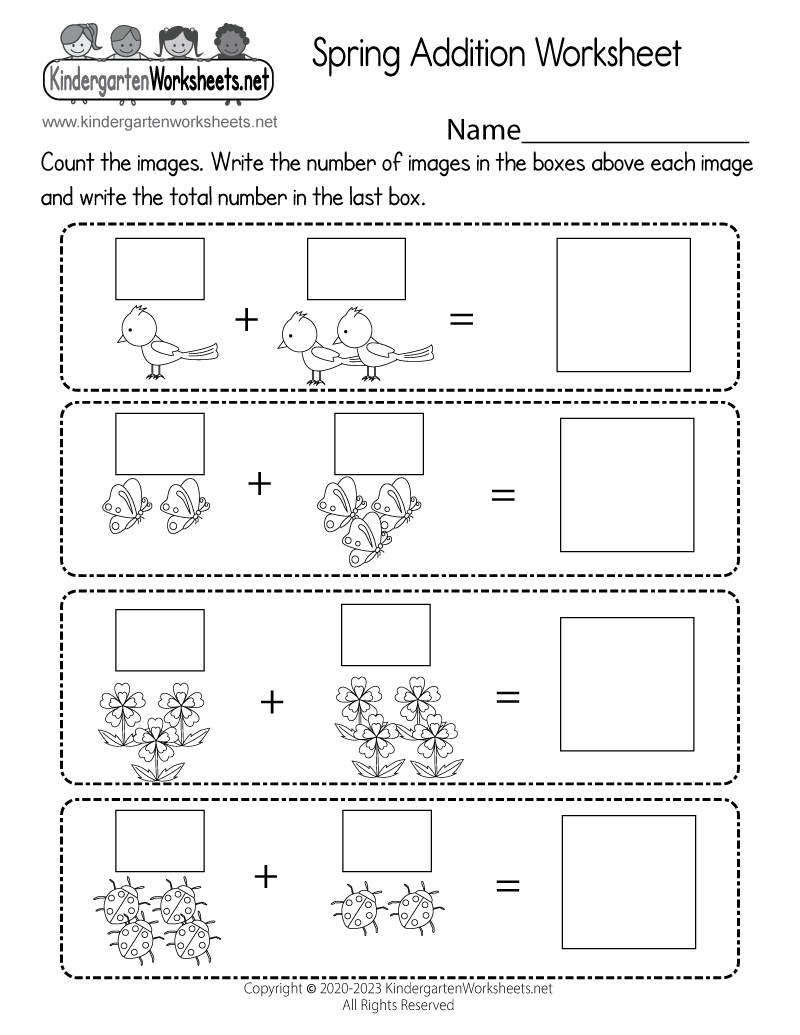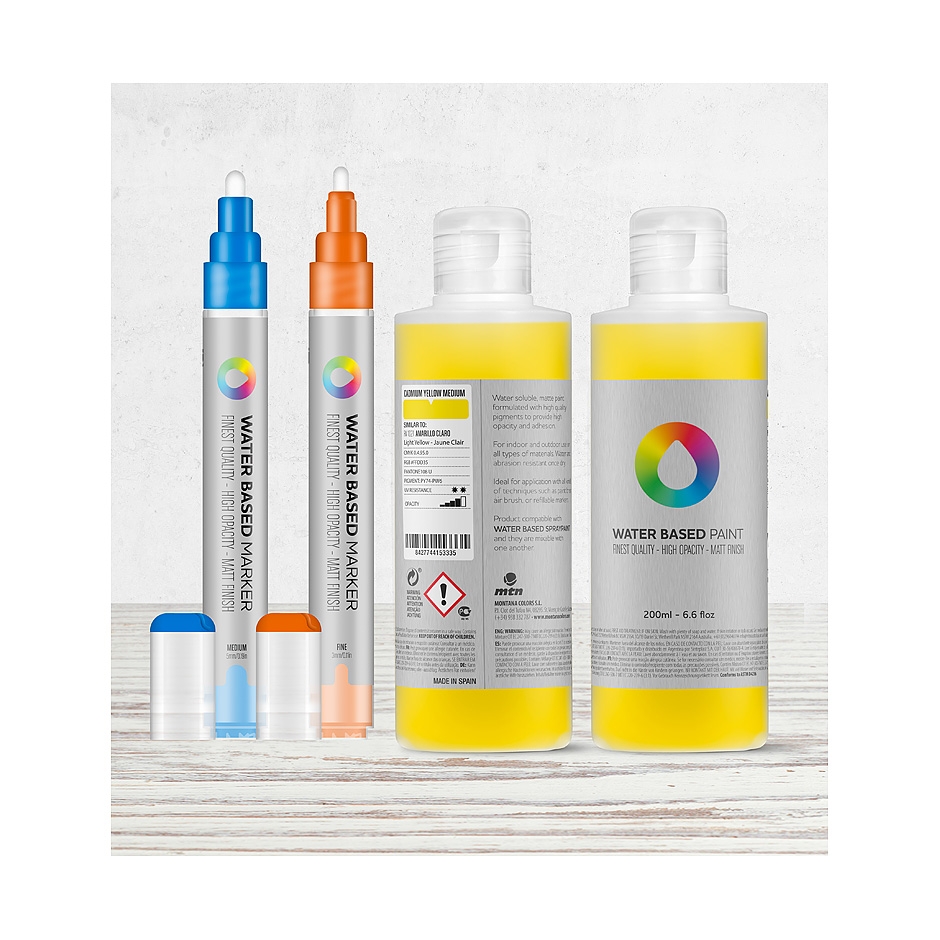Masking pursuits
Table of Contents
Table of Contents
In the world of DIY crafts, masking fluid is a must-have for any artist. It allows you to paint without worrying about ruining areas you want to protect, making your work on watercolor paper much easier. Making your own DIY masking fluid is easy and cost-effective, and you don’t have to worry about running out of it at the worst time. In this blog post, we’ll be discussing how to make DIY masking fluid and what you need to know about it.
The Pain Points of Masking Fluid
As with any DIY project, there are some common challenges when it comes to masking fluid. A problem that many artists encounter is peeling the masking fluid off their work without damaging it. This can be frustrating and can ruin a piece of artwork. Another challenge is finding the perfect consistency for the masking fluid. If it’s too thick, it can be difficult to apply, and if it’s too thin, it won’t offer enough protection.
The Target of DIY Masking Fluid
The target of DIY masking fluid is artists, whether they’re professionals or amateurs. Masking fluid is vital for creating intricate details and designs without smudging or bleeding color. By making your own, you can ensure that it’s the perfect consistency for your artwork and have a supply on hand whenever you need it.
Main Points
In summary, DIY masking fluid is a cost-effective and easy way to ensure that your artwork remains protected. While it has its challenges, such as finding the perfect consistency, there are plenty of resources available to help you overcome them. To create your own masking fluid, you only need a few simple ingredients, and the process is straightforward.
Different DIY Masking Fluid Recipes
There are various recipes for making your own DIY masking fluid. One recipe involves using liquid latex, which is readily available at most craft stores. Once you have the liquid latex, you mix it with water, ammonia, and dish soap. This creates the perfect consistency for protecting your artwork.
Another recipe involves using gum arabic powder, which you mix with water and ammonia. This recipe results in a more translucent masking fluid that’s easier to see while you’re working.
 Application Tips for DIY Masking Fluid
Application Tips for DIY Masking Fluid
When applying DIY masking fluid, it’s essential to have a clean and dry surface. If you apply it on a moist surface, it will take longer to dry, and the fluid may not work correctly. The key to a smooth and even application is to use an even brush stroke. Avoiding letting the masking fluid dry on your brush, as this will cause the bristles to become stiff. It’s important to use a brush that you don’t mind throwing away or are comfortable cleaning thoroughly, as the masking fluid can quickly clog up your brush.
How to Remove Masking Fluid
Removing masking fluid can be challenging if you’re not careful. The best way to remove it is to use an eraser. Lightly brush the eraser over the dried fluid, and it should peel off without damaging your painting. If the masking fluid has been on your artwork for too long, it may be more difficult to remove, and you may need to use a special masking fluid removal tool.
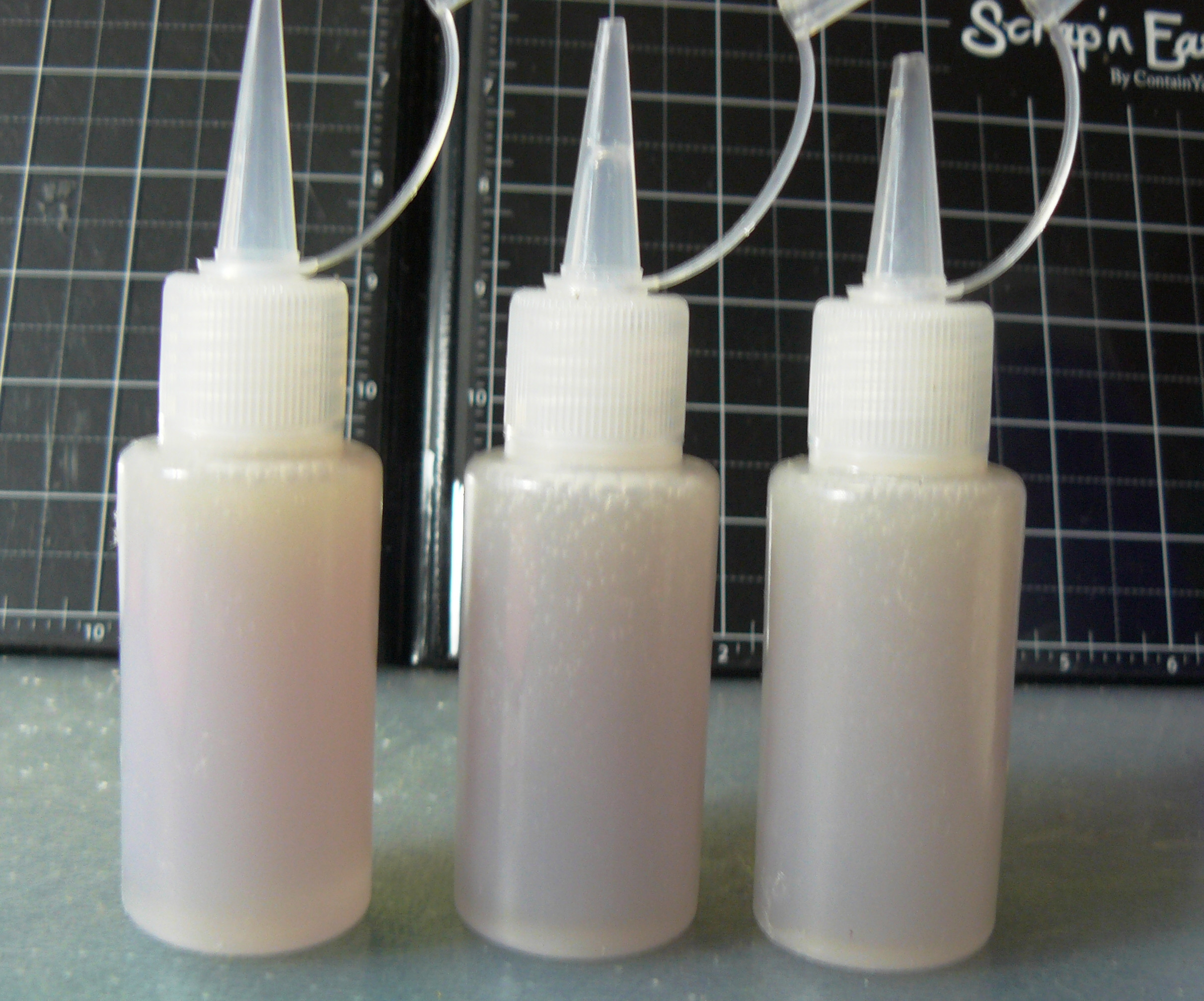
FAQs
Q: Is DIY Masking Fluid safe to use?
A: Yes, DIY masking fluid is typically made with non-toxic ingredients and is safe to use. However, it’s always a good idea to read the label and follow any safety precautions listed.
Q: Can I use DIY masking fluid on surfaces other than paper?
A: Generally, masking fluid is designed for use on watercolor paper. However, it may be possible to use it on other surfaces, such as canvas, as long as it’s properly sealed.
Q: How long does DIY masking fluid take to dry?
A: The drying time for masking fluid varies depending on the recipe and the conditions in which it’s being applied. Generally, it takes between 30 minutes to an hour to dry fully.
Q: Can I use DIY masking fluid on top of dry watercolors?
A: Yes, you can use masking fluid on top of dry watercolors, but it’s essential to make sure the watercolors are entirely dry before applying the masking fluid. Any moisture left on the paper may cause the masking fluid to lift, resulting in bleeding color.
Conclusion
DIY masking fluid is an essential tool for any artist. It helps to protect areas of the paper you want to keep pristine while you work, which is especially beneficial when working with watercolors. With a few simple ingredients and some patience, you can make your own masking fluid that’s the perfect consistency for your artwork. By keeping these application tips and recipes in mind, you can ensure that your artwork stays beautiful and protected.
Gallery
Best 23 Diy Masking Fluid - Home Inspiration And Ideas | DIY Crafts
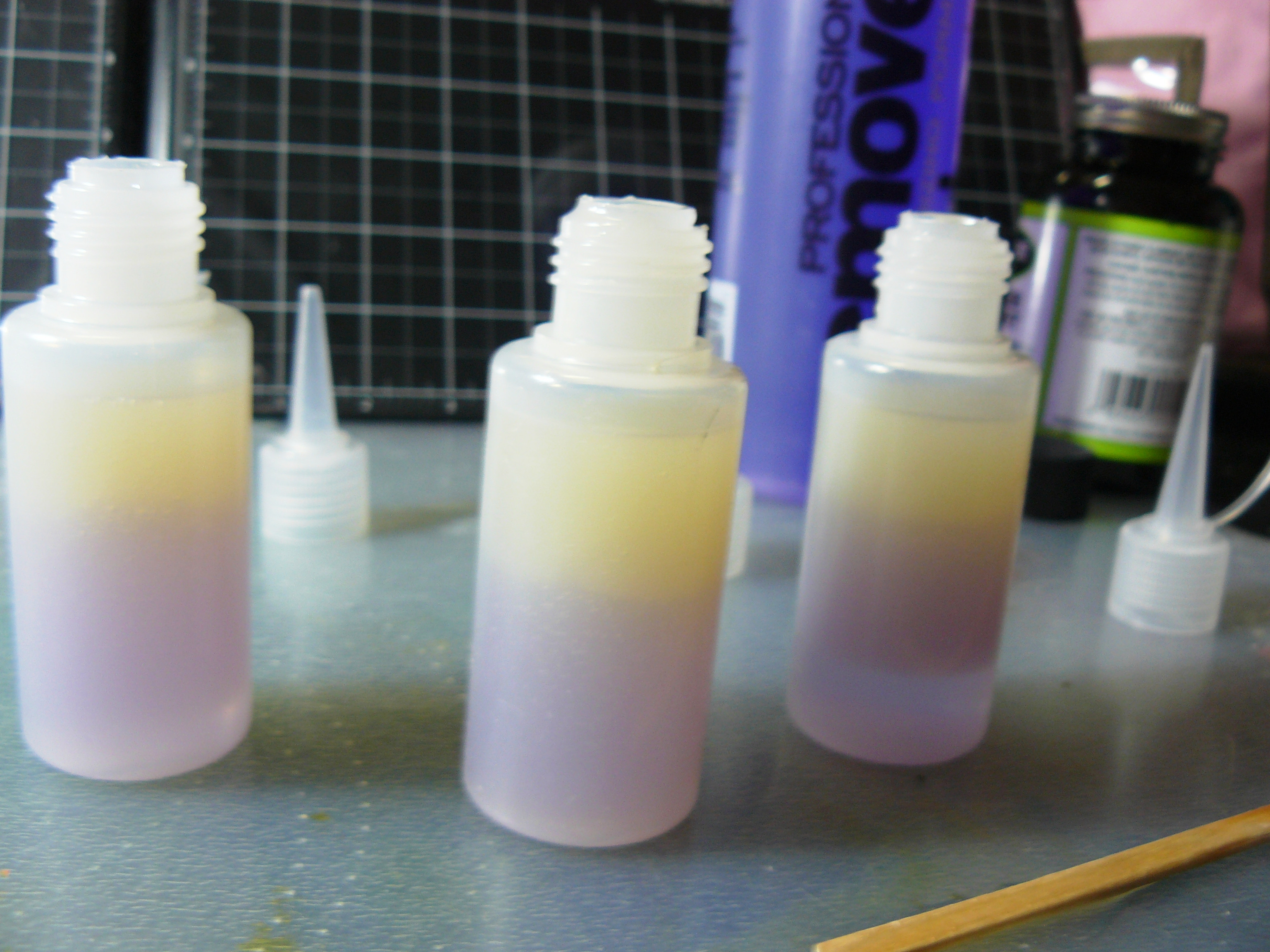
Photo Credit by: bing.com / masking pursuits
Best 23 Diy Masking Fluid - Home Inspiration And Ideas | DIY Crafts

Photo Credit by: bing.com /
Top 23 Diy Masking Fluid - Home, Family, Style And Art Ideas
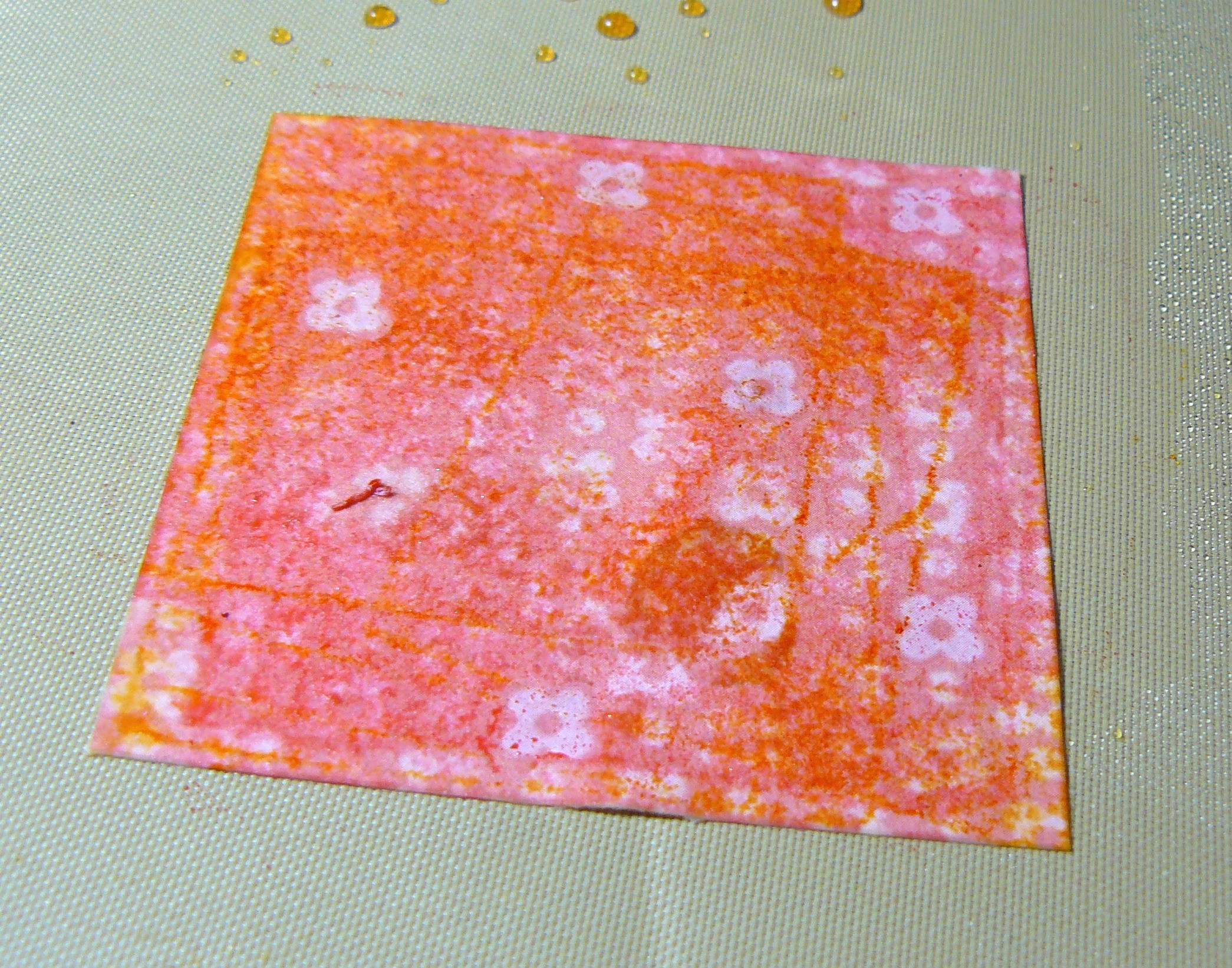
Photo Credit by: bing.com /
Best 23 Diy Masking Fluid - Home Inspiration And Ideas | DIY Crafts
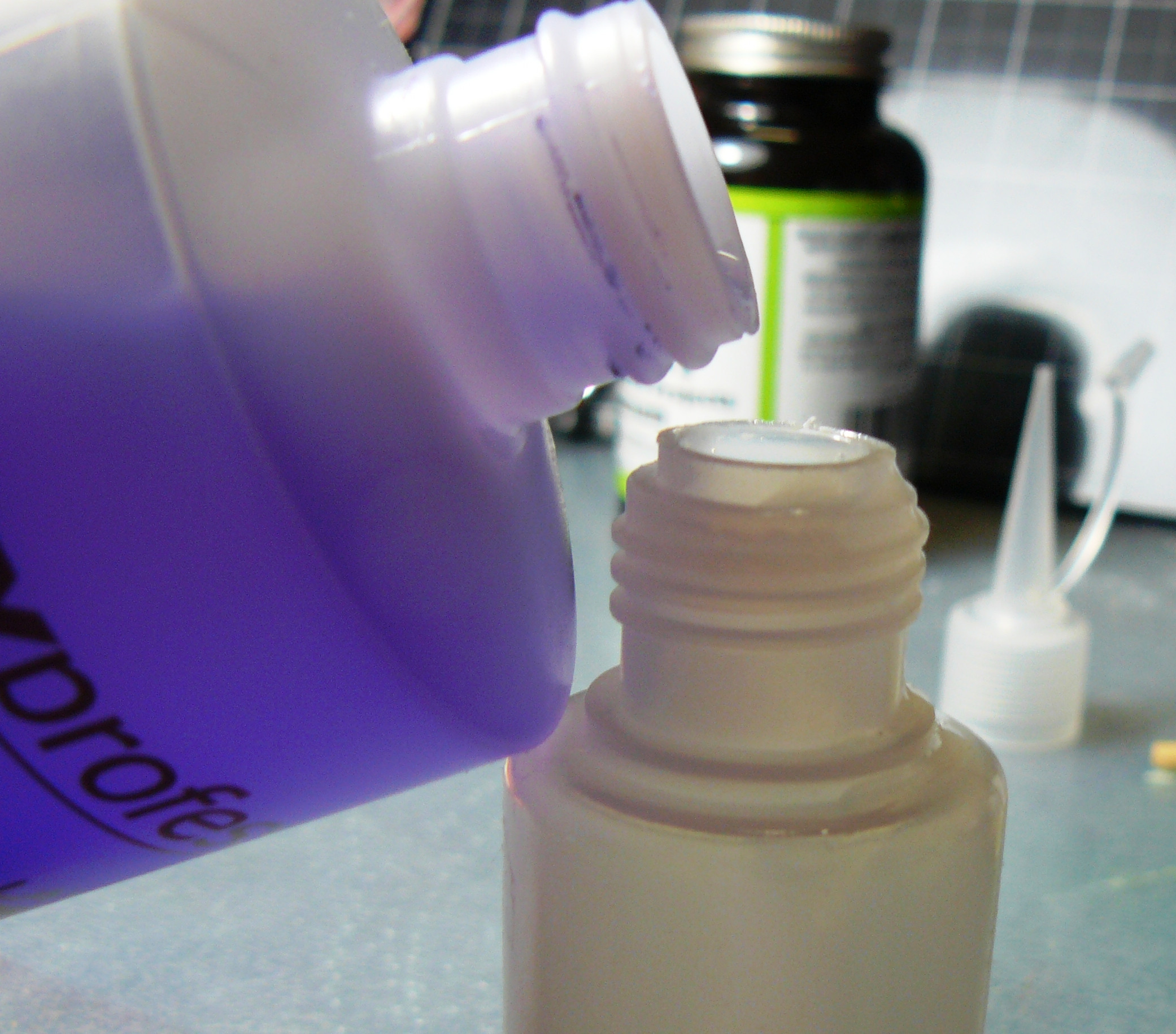
Photo Credit by: bing.com / masking pursuits
Best 23 Diy Masking Fluid - Home Inspiration And Ideas | DIY Crafts

Photo Credit by: bing.com / masking


